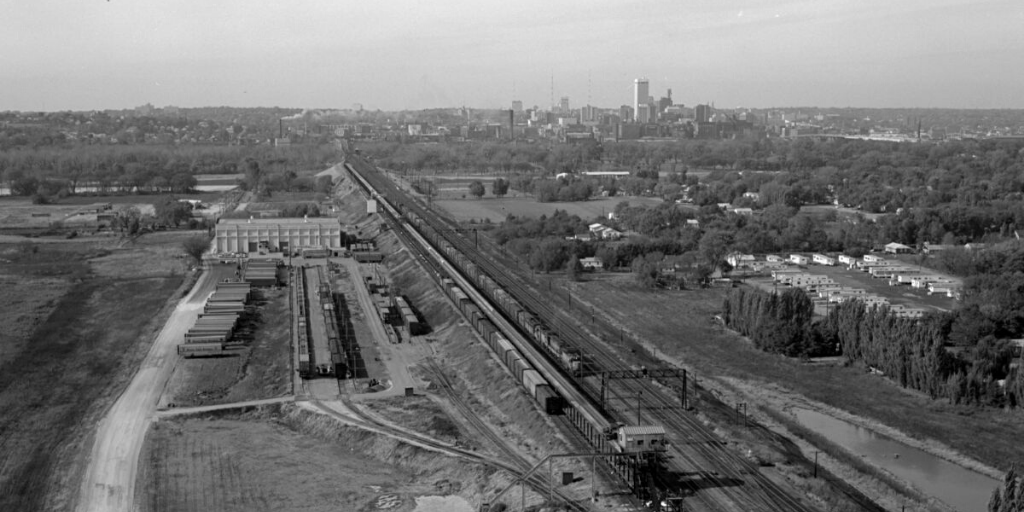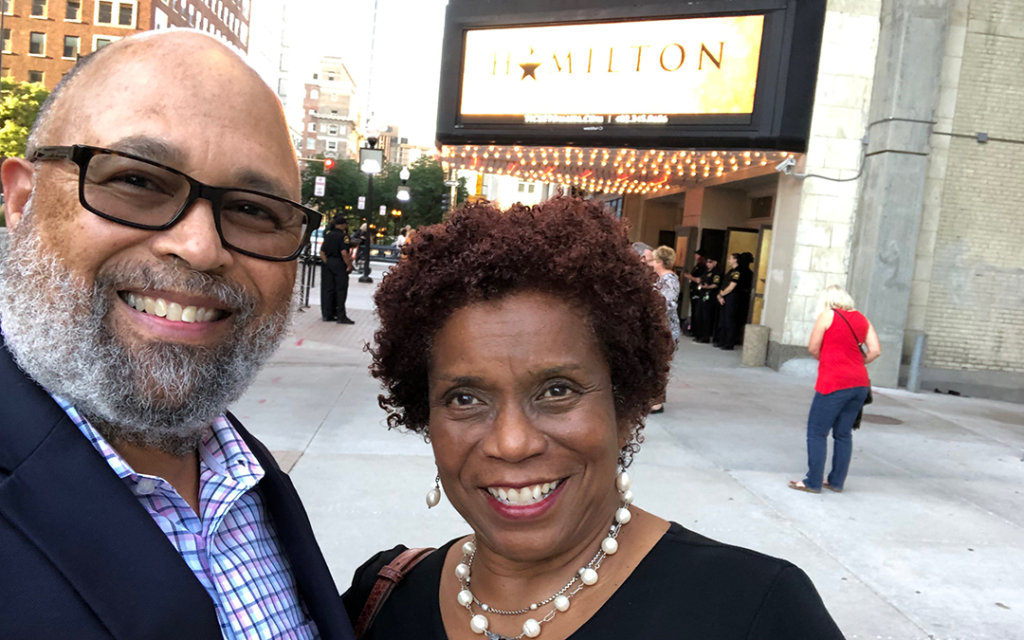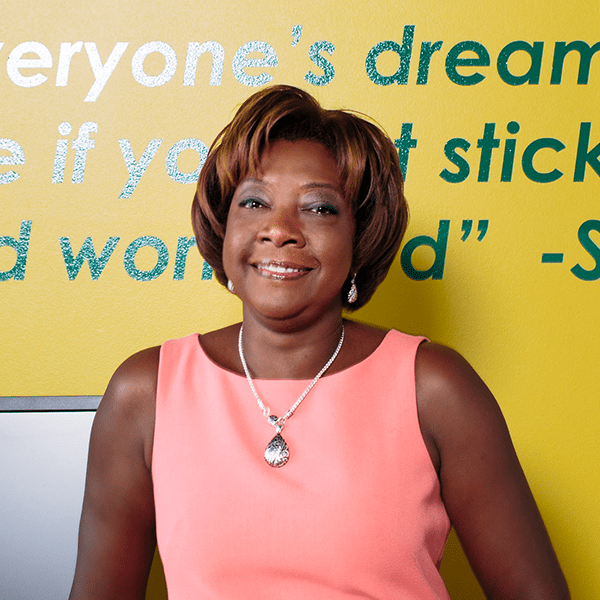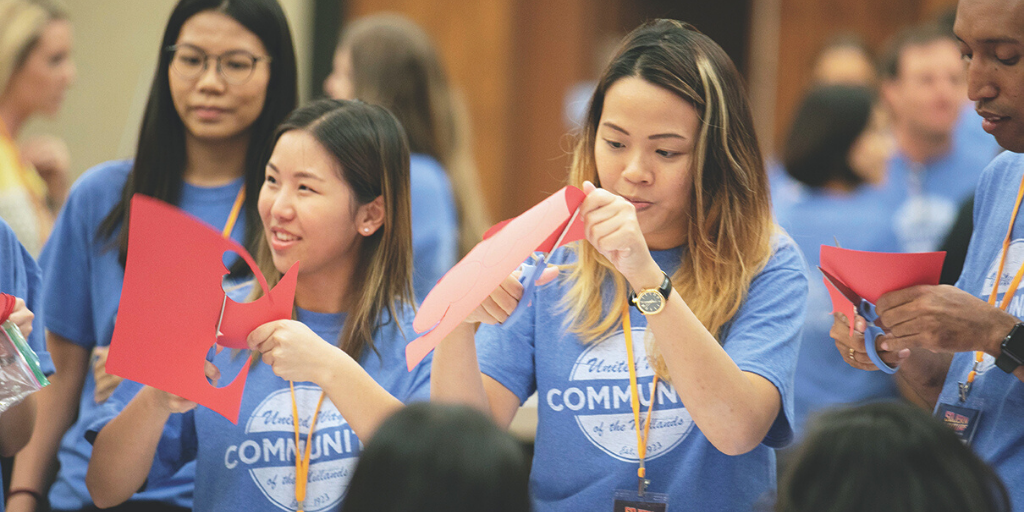This article is part of a series titled From the Ground Up.
Pt. 1: Inside Site Selection
Pt. 2: How Regions Stay Competitive
Pt. 3: How Organizations Fit into a Community
The Union Pacific story is cemented into Greater Omaha’s historical footing – a relationship dating back to 1862, the year Union Pacific was created by Abraham Lincoln. Google established a corporate presence in the region 144 years later. Both organizations have found their fit.
“The beginning of the Union Pacific Railroad was Omaha, Nebraska, where our eastern terminus started as we were building west,” said Lance Fritz, Union Pacific chairman, president and chief executive officer. “Omaha is right in the middle of the country. From a physical perspective, it suits our business. Our workforce is strong. It’s a good community for our employees to enjoy, to grow their families, to fulfill themselves whatever their interests are.”
Google was drawn to Metro Omaha by a number of factors, including workforce availability, developable land and strong utility and electrical infrastructure.
Since 2007, the tech company has invested more than $2.5 billion into its Council Bluffs data center operation and created in excess of 400 jobs on-site. In October 2019, Google amplified its regional presence by breaking ground on a $600 million data center campus in Papillion.
Community Engagement
“What this represents for Google is one of the first areas where we have a metro presence in terms of our data centers. That allows us to have more resources here and to be engaged, whether that’s on-the-ground hiring of future jobs or just being active in the community,” said Dan Harbeke, Google’s regional head of public policy and external affairs.
For both companies, community engagement is key to ensuring a winning fit.
“We take a lot of pride in our community engagement, and we want to build that community engagement much like we build our facility – unique to that community,” Harbeke said.
Over the last 10 years, Google has awarded more than $2 million to Iowa schools and nonprofits.
“We have employees who are engaged, volunteering, serving on boards, living and working in these communities,” Harbeke said. “While we are a global company, we take great pride in being active locally.”

Aerial view of the Council Bluffs Pacific Fruit Express (PFE) ice dock and ice plant on May 28, 1969. Courtesy of Union Pacific Railroad Museum
At the time of its founding, Union Pacific didn’t need to fit into the community – the community grew up around it. The consensus among historians, in fact, is that Greater Omaha wouldn’t be Greater Omaha without Union Pacific. (“Early on, the arrival of a railroad in any community meant the difference between a growing, thriving community and a place that would be off the beaten path,” said Patricia Labounty, curator, Union Pacific Railroad Museum.) Still, when it comes to community engagement, the Great Big Rollin’ Railroad isn’t coasting on past impact.
Union Pacific’s Community Ties Giving Program distributed approximately $21 million to more than 2,600 nonprofit organizations, including many in Greater Omaha, in 2019 alone. Those grants support everything from community safety initiatives to workforce development and creating vibrant spaces to other local needs.
People. Place. Prosperity.
To encourage even more companies to find their fit in Greater Omaha, the Greater Omaha Chamber, last year, launched Prosper Omaha 2.0, its latest five-year economic development strategy. One of its three pillars – in combination with People and Place – is Business Growth.
The keys to accomplishing that growth?
“Collaboration and capitalizing on an intentional, strategic outcome: quality over quantity,” said Chamber president and CEO David G. Brown. “That means, among many other things, focusing our efforts to recruit and retain businesses that create significant wage, investment and job growth; boosting our startup ecosystem, and creating a more diverse and inclusive economy by growing the number and capacity of minority-owned businesses.”
Welcoming Talent to the Region
In 2019, the Chamber-led Economic Development Partnership landed 36 new projects worth $1.03 billion in new capital investment. All will have a chance to immerse in the community. Some may turn to specially-designed programs, including Omaha Executive Institute (OEI), to assist. The Chamber launched OEI to help newly arrived executives and their spouses get familiar with – and get involved in – the community.
“Omaha Executive Institute really opened our eyes to the community: What is Omaha about? What’s the history of the community? It helped bring Omaha to life for us,” said Chuck Nelson, past Senior Vice President of Enterprise Data Management for First National Bank (FNBO) of Omaha. He and his wife, Pam, attended OEI after moving from Atlanta in 2008, and Chuck Nelson retired from the bank in December, 2018.

OEI past participants Chuck (left) and Pam (right) Nelson.
“We’ve gone from ‘Oh my goodness, we have to move to Omaha’ to ‘I’m starting to like this place’ to ‘We’re going to retire here,’” Pam Nelson said.
Lynda Shafer, the Chamber’s Leader “Leader,” heads up OEI.
“Participants find out pretty early in the series that Omaha has expectations of its business leaders, not just in terms of treasure, but also time and talent. OEI builds understanding of the myriad ways executives and their families can contribute to the community. In order for Omaha not just to feel like home, but to be home, leaders need to invest themselves,” Shafer said.
Creating Community Leaders
When company executives feel they are genuinely part of the community, it can have a dramatic impact on the community itself.
“If you’re coming from somewhere else, (OEI) is an excellent way to become grounded in the community, to find an understanding of its history and what’s going on today as far as opportunities to serve, build the community and build relationships. Communities thrive because people roll up their sleeves and help one another,” Chuck Nelson said.
As large organizations (and their leaders) become more connected to and immersed in a community – whether through economic impact, local hiring or philanthropy – smaller businesses can see benefit as well.

Carmen Tapio of North End Teleservices. Photo credit: Bill Sitzmann
“When large organizations are committed to supplier diversity and local supplier diversity in particular it can most definitely trickle down to help small business and minority-owned businesses,” said Carmen Tapio, president and CEO, North End Teleservices. “Many organizations have supplier diversity programs but they forget to look in the local community for ways of meeting their diverse supplier goals.”
She continued, “For North End Teleservices, our economic impact is more than $200,000 annually for each job created – not just in our surrounding area, but in the Omaha community. Large organizations can measure their direct impact through job creation efforts with small businesses, especially in economically distressed areas.”
A Thriving Community is Good for Everyone
Job creation – 25,000 new positions by 2030 – is a key aim of the Blueprint Nebraska economic development initiative, which is co-chaired by Union Pacific’s Fritz. Another is an additional $15,000 in income for every Nebraskan.
In terms of corporate and community fit, the plan endeavors to, among other things, “create the best odds in the country of landing a good job and enjoying a good life” and “make Nebraska the easiest place to live, work, and start or grow a business, thanks to the most efficient state government in the country.”
As Blueprint Nebraska and Prosper Omaha 2.0 continue to work toward their ambitious goals, both Union Pacific and Google – one a regional veteran, the other a relative newcomer – are looking forward to vibrant futures here.
“It’s exciting what’s happening in the region,” Harbeke said.
Fritz said simply, “It’s just a really good place for us to be.”
FinTech is at Home in Omaha
Some of the biggest names in financial technology choose Omaha because of our low cost of living, friendly business climate and highly motivated workforce. This powerful combination feeds our steady economic growth and yields a strong return.

